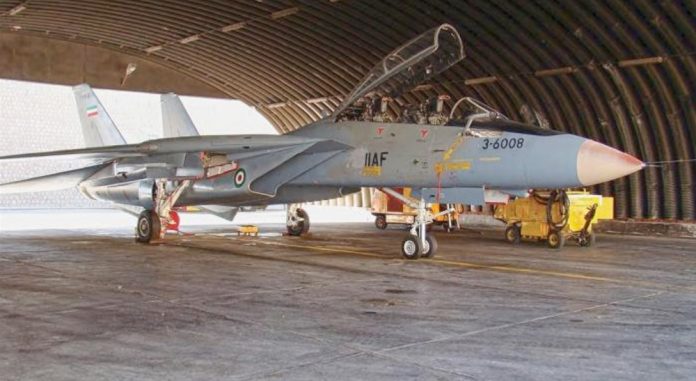Despite Tehran efforts to support several outdated aircraft in working condition, Iran's military-air forces (IRIAF) remain ineffective in real combat.
The last 12-day war between Israel and Iran, as well as the United States Operation, “Receiving Hammer”-an air campaign against three well-protected Iranian nuclear facilities-clearly demonstrated the serious disadvantages of the Iranian Air Force. More than a hundred American aircraft flew during the Iran airspace, but no Iranian fighter dreamed.
The main problems of IRIAF are related not only to the outdated aircraft fleet, but also with low level of combat readiness. Iran's arms remained aircraft of the Cold War-American F-14 Tomcat, F-4 Phantom, F-5 Tiger, and Soviet models. They simply do not meet the requirements of modern Air War. The IRIAF doctrine provides a defensive strategy with an emphasis on banning access to airspace and asymmetric retribution. However, because of the low operational readiness of the Air Force, they are virtually unable to perform defensive or offensive operations.
The problem is the absence of spare units through international sanctions that the United States has imposed after the Islamic Revolution of 1979. Because of this, Iran is forced to "cannibalize" their own planes, using parts from one to repair others. As a result, up to 40-50% of the air park simply does not fly. Although Iran is trying to produce some details on their own, their quality is much lower than the originals. Insufficient number of suitable aircraft is also affected by the preparation of pilots. They have up to 100 flight hours a year - much less than their colleagues from the US or Israel, which can train for more than 250 hours. The lack of technology also complicates the preparation of new pilots: most experienced pilots have remained since the Iran-Iraqi War of the 1980s. Iranian planes are equipped with outdated radars of the 1970s and 1980s, which limits the possibility of air intelligence and hostilities outside visual contact (BVR). In addition, the Iran Air Force has no early aircraft aircraft (AEW&C) and effective radio electronic fighting systems, which makes them vulnerable to modern opponents.
To compensate for these weaknesses, Iran is increasingly relying on asymmetrical agents such as drones and rockets. However, in the classical Air War, Iriaf demonstrates itself as a "paper tiger" - it looks terrible, but in fact has low combat capability.


